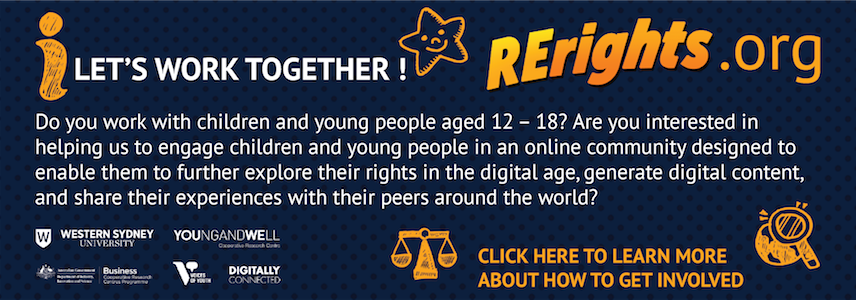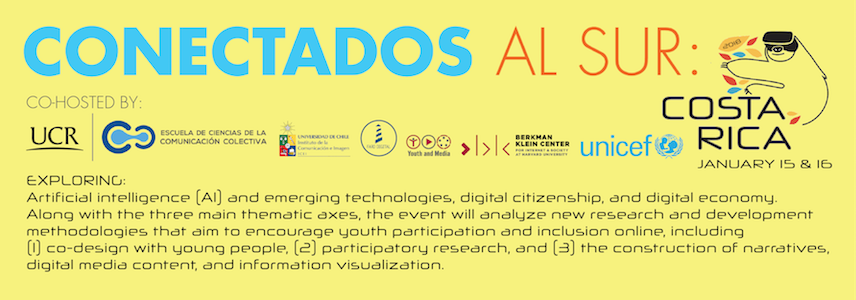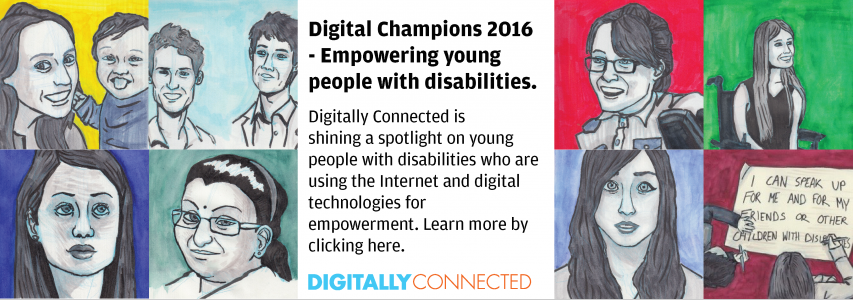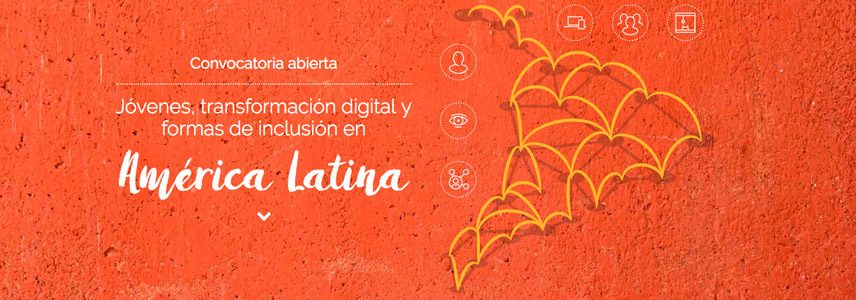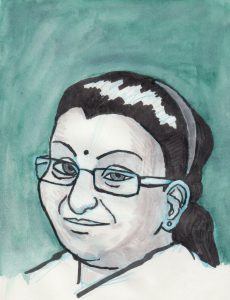Age: 20
Location: Malaysia
For Lavanya Sathasivam, the Internet and digital technology are essential for helping her live without limitations.
However, before relying on the assistance of digital technologies, Lavanya’s outlook was different. Due to the mobility problems with which she was born, those close to Lavanya wondered about her prospects for living a fulfilling life.
“My family wondered whether I would be able to progress and live the way non-disabled children would.”
As a young girl in school, Lavanya grew particularly interested in using digital technologies due to their ability to help her with her studies. With her limited mobility, Lavanya relied on the use of digital technologies both because they helped her access academic materials on days when she could not attend school and because they helped her gain access to a greater range of information than was available in library books.
“For a physically disabled person, digital media plays the role of a learning tool. It’s because we can’t easily get access to the books in the library without help. I can’t access all the information I want just by reading books. With digital media, we can get access to material in a blink of an eye.”
When discussing the effects of these technologies on her daily life, Lavanya characterized their impact as “huge”.
The impact of these technologies on Lavanya’s life has been profound. Through her own hard work and the assistance of these technologies, Lavanya received the highest PMR—a Malaysian national secondary school exam—results for a special needs student within her state of Johor, helping her pursue higher education at Universiti Selangor (UniSEL).
Outside of an academic setting, Lavanya notes that the Internet and digital technology have been helpful for increasing her social opportunities.
“The Internet also allowed me to stay in touch with friends in ways that were more convenient and comfortable for me. As a result, I was able to enjoy a fulfilling social life as a teenager.”
For Lavanya, digital technologies and the Internet are also important due to their ability to help change societal perspectives about disability. While activism using the Internet and related digital technologies can be helpful for promoting understanding about the young people with disabilities that use them, these mediums can also be useful for promoting offline change. The Internet and digital technology’s prospects for change have made Lavanya excited about sharing her own content through the Internet to promote inclusion of young people with disabilities.
“I would personally like to start a blog or a page which is dedicated to bringing light to the needs of disabled people, not just on the Internet – but in all aspects of society e.g public transport, college infrastructure. I would hope that this would raise awareness among non-disabled people and also lead to real-world changes in terms of accessibility for disabled individuals.”
Despite their largely positive impacts on her life, Lavanya is clear that digital technologies alone are insufficient to empower young people with disabilities. In addition, young people with disabilities still require face-to-face interaction.
“The loss of [in person] interaction between family members and friends [can be difficult]. As disabled children, we need more care and attention from family and friends. But because most people are engrossed in their own world of digital media, we can sometimes struggle to get this attention.”
Overall, Lavanya stresses that one cannot overemphasize the importance of the Internet and digital technologies in the lives of young people with disabilities.
“Basically, digital media is everything for a person with disabilities.”
Without digital technology, early concerns about Lavanya’s life prospects with a disability might have become reality. However, through the use of digital technology, she has been able to break through barriers that might have otherwise held her back.
Advice to decision makers:
- “What we like to request from others is before creating digital media, please think about disabled children because we are also here. We are in this world. We are playing our role and if we are given opportunities, we have much to contribute to society. So accessibility and usability are important. Accessibility is where every person can access media regardless of the type of disability. Usability is where any person can use media without problems, e.g text-only sites that do not cater to the visually impaired.”
- “We also ask that digital media creators do not think of disabilities and disabled people as a singular, homogenous category. Disabled individuals experience different types of limitations and problems with technology. The same solution may not solve issues of access and usability for different types of disabilities, and this is something we wish digital media/content creators would keep in mind in order to make the Internet a safe and enjoyable experience for everyone.”
Illustration by Elsa Brown.



